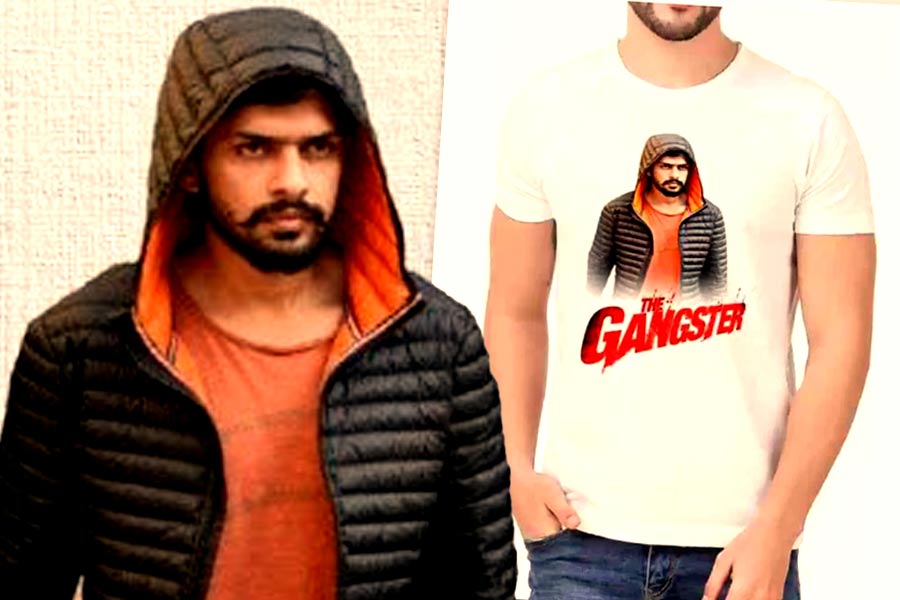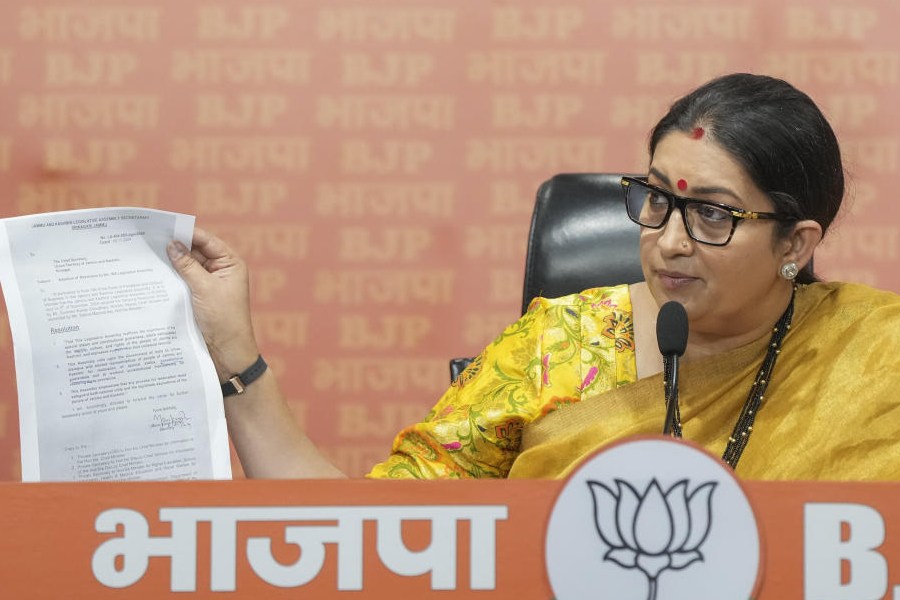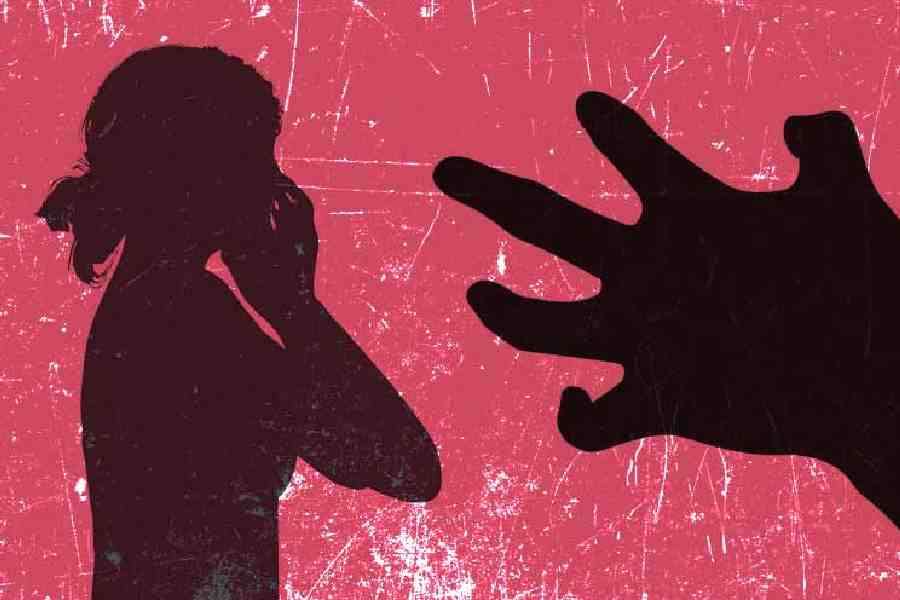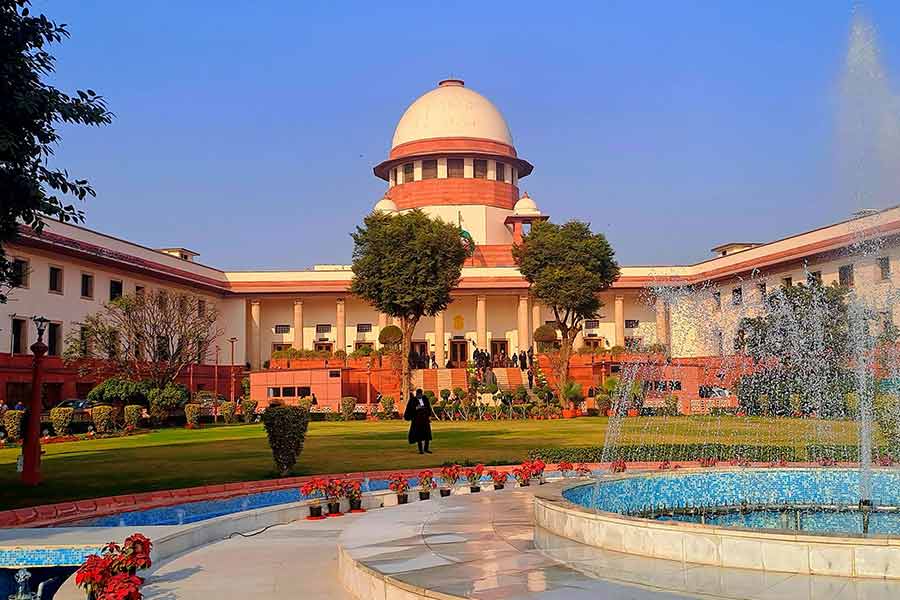Gangster Lawrence Bishnoi’s notoriety has reached such levels that merchandise like T-shirts with his purported image were being sold on online retail stores (which have since been withdrawn following an outrage) targeting kids and adults alike.
Filmmaker Alishan Jafri who flagged the sale on his ‘X’ handle a few days ago, described the phenomenon as an example of India’s latest online radicalisation.

Screenshot from e-commerce platform teeshopper.in

Screenshot from e-commerce platform Flipkart.
But in the plains of north India this hero worshipping of gangsters in popular culture isn’t uncommon.
“This (use of gangsters in politics) started during the Congress rule as the party needed youths to attend rallies, meetings and during elections. The Shiromani Akali Dal too picked it up later,” said journalist Jupinderjit Singh, a Chandigarh-based journalist and author of Who Killed Moosawala. “Punjab has always had a gun culture. The youth here look up to these gangsters, see their flashy lifestyle, hear about their stories of bravery against the police and want to follow their footsteps.”
“All of them want to gain notoriety and that not only brings them power but also ensures that it stays with them,” said a Punjab Police officer.
But how did Bishnoi gain his popularity, rather notoriety?
Nearly seven years ago, from inside a prison van, Lawrence Bishnoi had claimed his innocence.
“Convict kabhi hua nahin. Koi gawahi nahin hai. Criminal hoon hi nahin, main to students politics mein tha. Police ne bana diya, (I was never convicted. There is no evidence. I’m not a criminal. I was in student politics. Police turned me into a criminal”). Bishnoi is heard saying in a video available on YouTube, which has garnered over 21, 57,186 views.
The video was from January 6, 2018 taken outside a Jodhpur court when he had first issued a threat against Hindi film superstar Salman Khan, for allegedly killing two black bucks sacred to the Bishnoi community. A court later acquitted the actor.
When the incident happened during a film shoot in Rajasthan, Bishnoi was around five years old growing up in an affluent landowning family in Duttaranwali village.
In the same video was a blueprint of what Bishnoi, who was till then a little known students’ leader with gang connections and had been in and out of jail for several years, had in mind.
“Karenge to pata chal jaayega. Abhi to kuchh kiya hi nahin. Salman Khan ka karenge. Marenge yahin Jodhpur mein. Abhi to maine kuchh kiya hi nahin (When I do something they will get to know. I have done nothing yet. I will get even with Salman Khan. I will kill him here in Jodhpur),” Bishnoi made the chilling statement from inside the prison van.
One might say he has lived up to his word since then. Next month will mark a decade since Bishnoi has spent his life behind bars. He has shuffled between jails in the last 10 years. From the high security Tihar in Delhi, to several jails in Punjab, like Bathinda, and Rajasthan’s Bharatpur. In September 2023, the union Home ministry sent him to Gujarat’s Sabarmati jail.
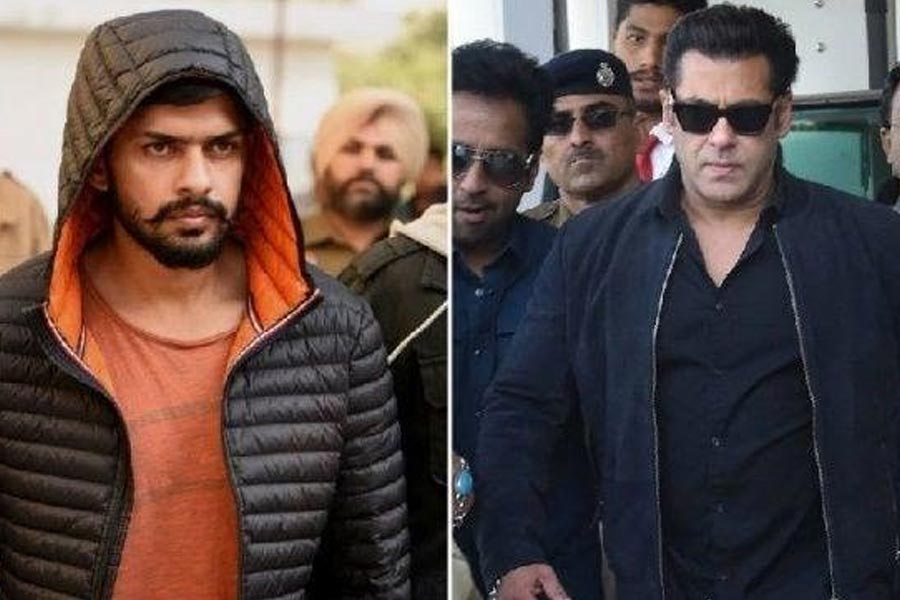
Lawrence Bishnoi and Salman Khan. TTO Graphics.
Since he threatened to kill Salman Khan in 2018, Bishnoi’s gang has claimed responsibility for the murder of Punjabi singer Sidhu Moosewala, Canada-based gangster Sukhpal Singh, Jaipur-based politician Sukhdev Singh Gogamedi and firing at Singer Gippy Grewal’s Vancouver residence and Salman Khan’s apartment in Mumbai’s Bandra and then the murder of former MLA and a close friend of Khan, Baba Siddiqui, in the same tony Mumbai suburb, home to many a film stars.
Naming himself after Henry Lawrence, a British educationist and administrator posted in Punjab during the British Raj, Bishnoi moved to Chandigarh to study.
There he came in touch with Vicky Middukheda, the late Punjab University Students’ Union leader, in 2009. Bishnoi would pick up a beef with anyone who opposed Middukheda.
When the Chandigarh police picked up Middukheda during that time, Bishnoi was among the visitors at the police lockup. The cops still do not know what transpired between the two. That same night, Bishnoi was accused of arson in Chandigarh’s sector 11 and sector 12 areas.
For the next four to five years, Bishnoi was in and out of prison, till he was arrested in December 2014. He had once managed to escape from police custody while being brought to a Punjab court for production. But the “freedom” was shortlived and he was caught by the Rajasthan police following a gunfight.
The thick prison walls have done little to stop him from making himself a household name not just in Punjab but in other states, in the north of India. This infamy has spread to Maharashtra and Bengal over the last few years, according to the National Investigation Agency.
Bishnoi has recruited around 700 youths from the states in central India, and according to the Delhi Police has not been involved directly with any of the killings his group has claimed responsibility of. The claims have been made by others, including his long-time associate Goldy Brar who has fled to Canada.
The more he gained infamy the higher was his following among youths. He culturally assimilated himself among hundreds in social media.
A follower of the Hindu god Hanuman (he has a tattoo engraved in one of his arms), calls himself a celibate, often makes his court appearances in tees featuring Punjab’s idols like Bhagat Singh, Udham Singh and even Che Guevara. Nothing could be farther from any of these three personalities from the past given what Bishnoi represents today.
On YouTube Bishnoi is a sensation. One video of his photos in high definition has garnered 15 million views. Another short video, says why Lawrence Bishnoi is being called the new Dawood Ibrahim. Another video of his being produced at Haryana’s Panchkula court posted four years ago has 3.1 million views. In many of these videos, Bishnoi is being held as a messiah for the Hindus especially against the so-called Khalistani militants.
During the early 90s when Dawood had already reached his peak, the images of his seen during live telecast of cricket matches in Sharjah, showed him puffing a 555 cigarette. The youths in Azamgarh – which served as a grooming ground for many shooters active in the Mumbai underworld under Dawood, Abu Salem and others- had also started smoking the same brand.
Bishnoi is almost there.

